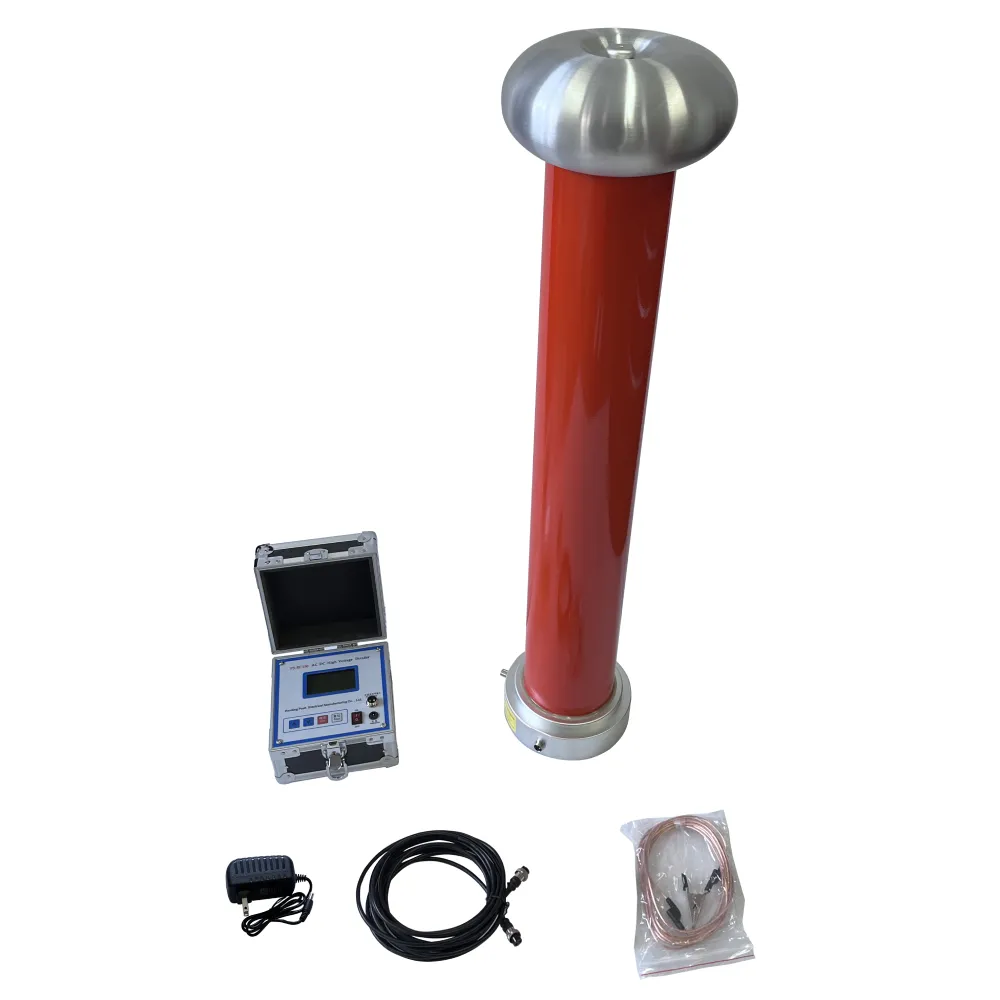 English
English


vacuum distillation unit
Understanding Vacuum Distillation Units Principles and Applications
Vacuum distillation is a crucial separation technique used in various industries to isolate components of mixtures based on their boiling points. Unlike conventional distillation, which operates at atmospheric pressure, vacuum distillation reduces the pressure within the distillation unit, allowing for the distillation of heat-sensitive materials without decomposition. This article delves into the working principles, components, and applications of vacuum distillation units.
Principles of Vacuum Distillation
The fundamental principle behind vacuum distillation is the relationship between pressure and boiling point. According to Raoult's Law, a decrease in pressure lowers the boiling point of a liquid. This property is particularly advantageous when dealing with high-boiling compounds or substances that might decompose at elevated temperatures. By lowering the pressure, the vacuum distillation unit enables the separation of volatile components at significantly reduced temperatures.
Typically, vacuum distillation operates at pressures ranging from a few millibars to several hundred millibars. The choice of pressure depends on the specific properties of the materials being distilled. The process begins with a mixture being heated in a distillation flask or pot. As the temperature rises, the most volatile components evaporate first, passing through a vapor line into a condenser, where they cool and revert to liquid form.
Components of a Vacuum Distillation Unit
A standard vacuum distillation unit consists of several key components
1. Distillation Flask This is where the mixture is heated. Made from materials that can withstand high temperatures and pressures, it is often fitted with a heating mantle or a controlled heating jacket.
2. Vacuum Pump This component is essential for creating the necessary low-pressure environment. It removes air and other gases from the system, enabling the efficient distillation of the desired components.
3. Condenser The condenser cools the vaporized components and facilitates their conversion back into liquid. Condensers can vary in design, but they typically include a cooling medium (like water or refrigerant) to enhance heat exchange.
vacuum distillation unit

4. Receiver Flask After condensation, the distillate is collected in a receiving flask. This component is designed to separate and store the purified liquid for further use or analysis.
5. Temperature and Pressure Control Instruments Precise control over the operational parameters is critical for achieving the desired separation. Thermometers, pressure gauges, and sometimes automated control systems are utilized for this purpose.
Applications of Vacuum Distillation
Vacuum distillation has a wide range of applications, particularly in the chemical and petrochemical industries. It is commonly used for
- Crude Oil Refining In the petroleum industry, vacuum distillation is employed to separate heavier fractions of crude oil, which have higher boiling points, without breaking down the hydrocarbons.
- Pharmaceutical Production Many active pharmaceutical ingredients (APIs) are sensitive to heat. Vacuum distillation allows for the purification of these compounds without degradation, ensuring high-quality end products.
- Food and Beverage Processing It is also used in the concentration of flavors, essential oils, and other temperature-sensitive food components where traditional distillation methods could lead to loss of aroma or taste.
- Chemical Synthesis In laboratories, vacuum distillation is utilized to purify solvents and reactants, ensuring that subsequent chemical reactions occur with high purity levels.
In conclusion, vacuum distillation units play an indispensable role in numerous industries, providing an effective means of separating heat-sensitive materials while minimizing the risk of thermal degradation. As the demand for high-purity products continues to grow globally, the importance of vacuum distillation is likely to increase further, underscoring its value in modern industrial processes.
-
Differences between open cup flash point tester and closed cup flash point testerNewsOct.31,2024
-
The Reliable Load Tap ChangerNewsOct.23,2024
-
The Essential Guide to Hipot TestersNewsOct.23,2024
-
The Digital Insulation TesterNewsOct.23,2024
-
The Best Earth Loop Impedance Tester for SaleNewsOct.23,2024
-
Tan Delta Tester--The Essential Tool for Electrical Insulation TestingNewsOct.23,2024





